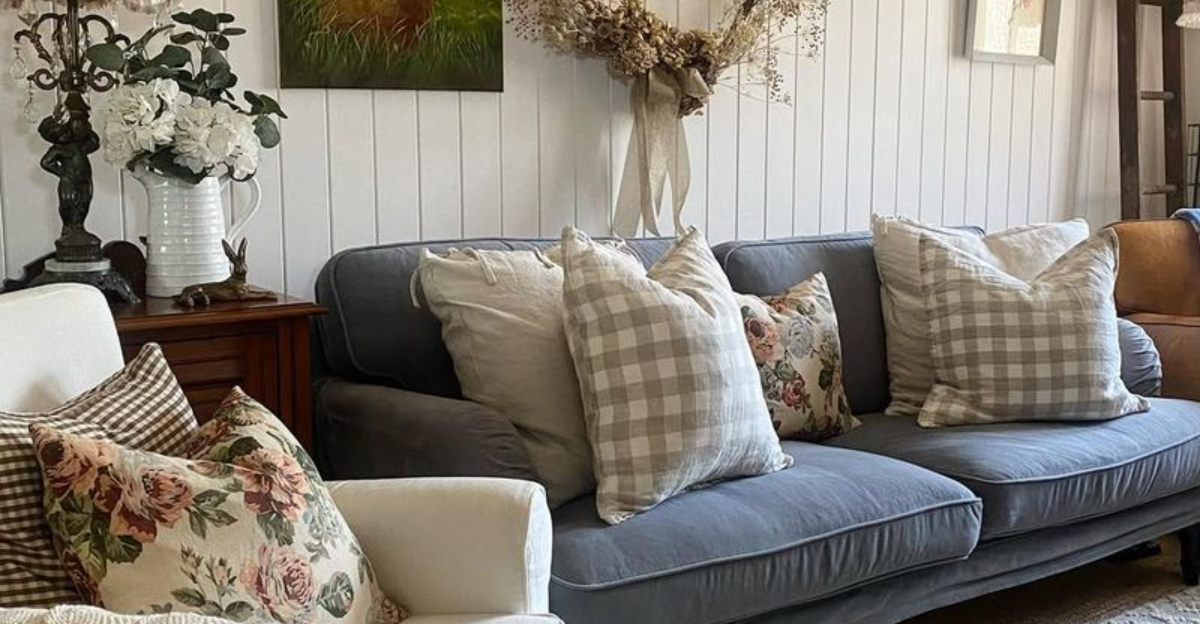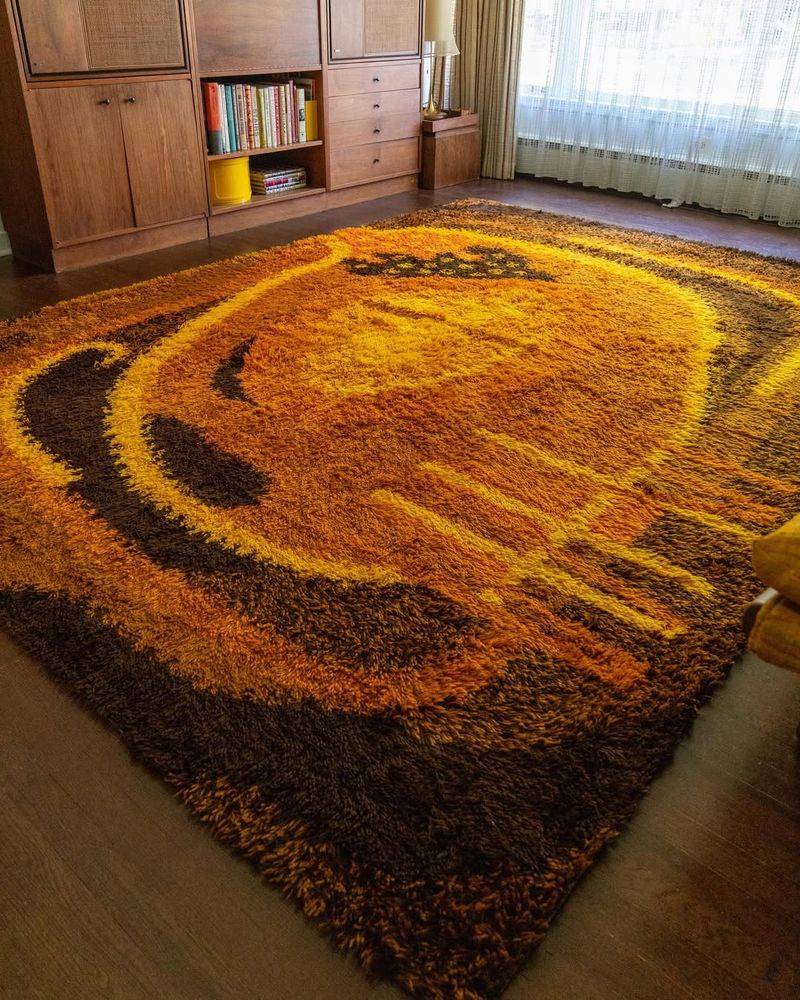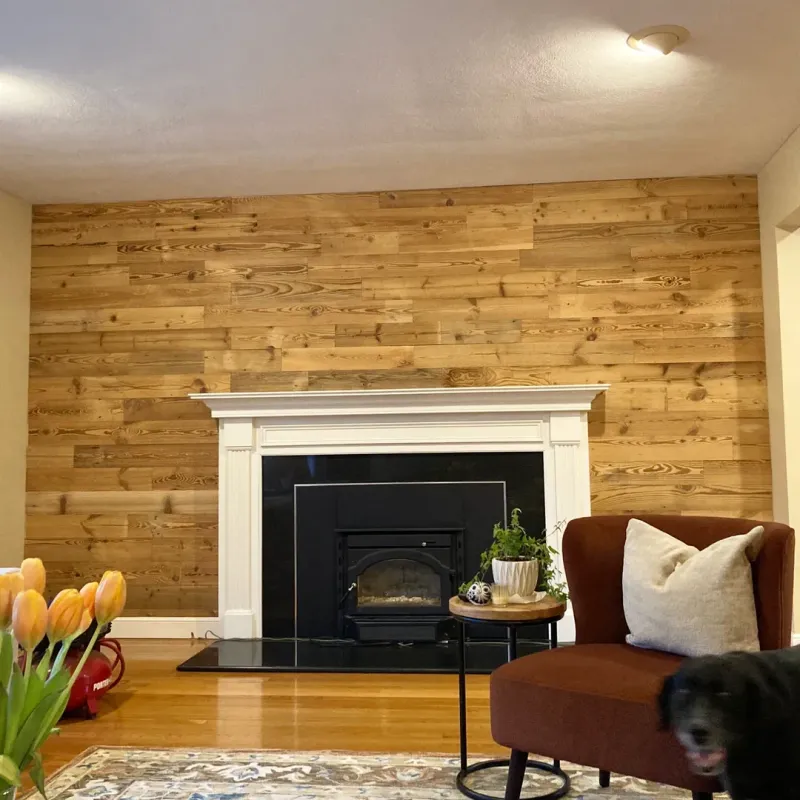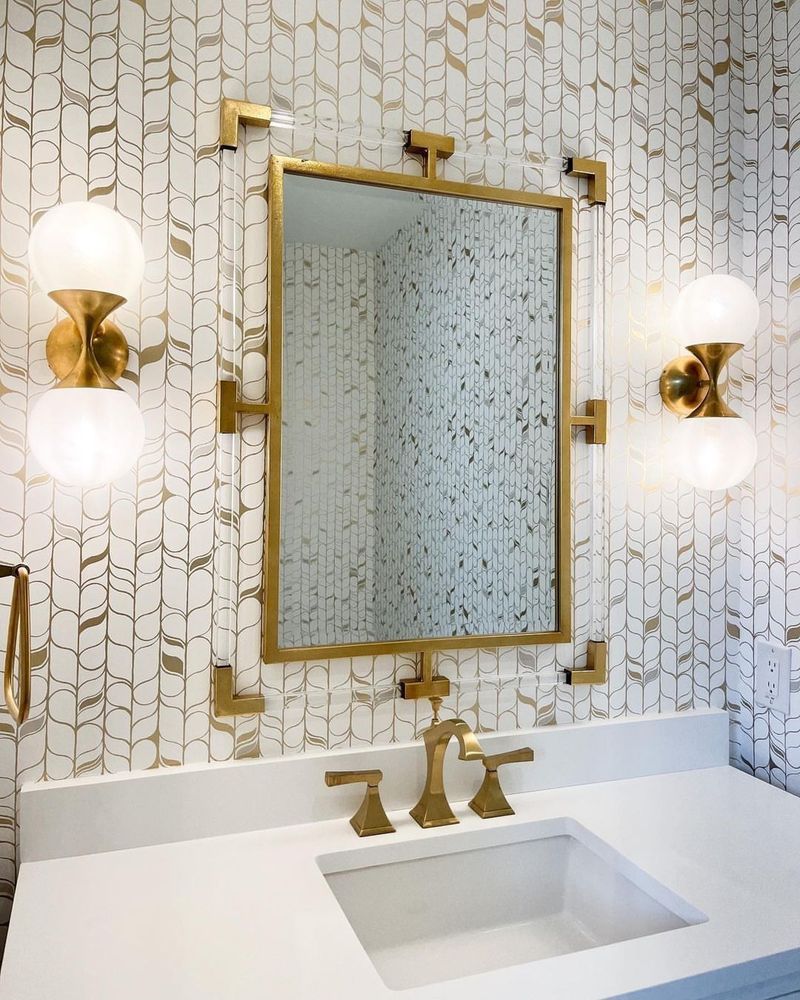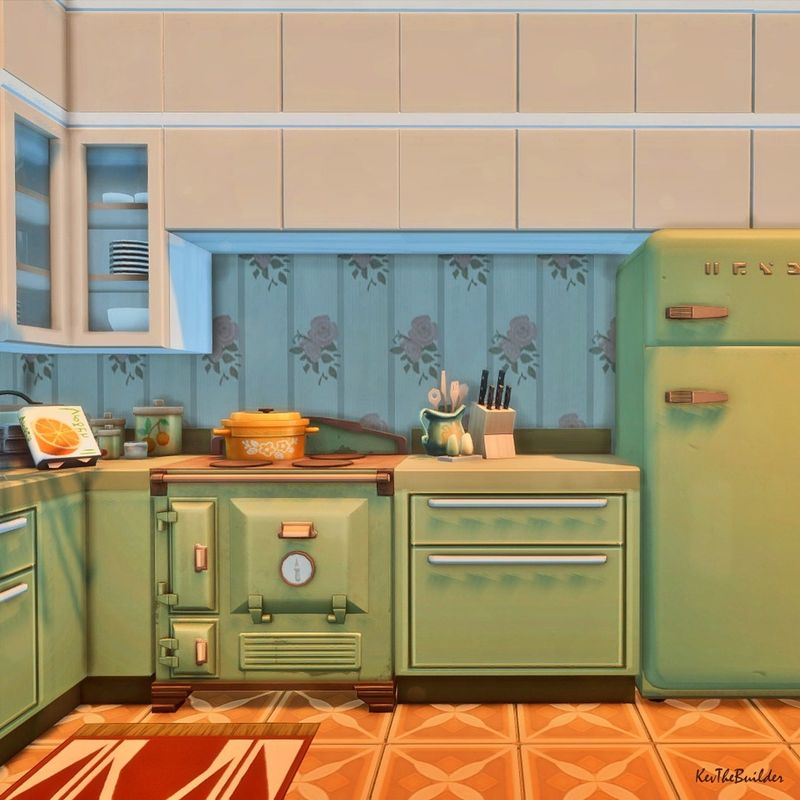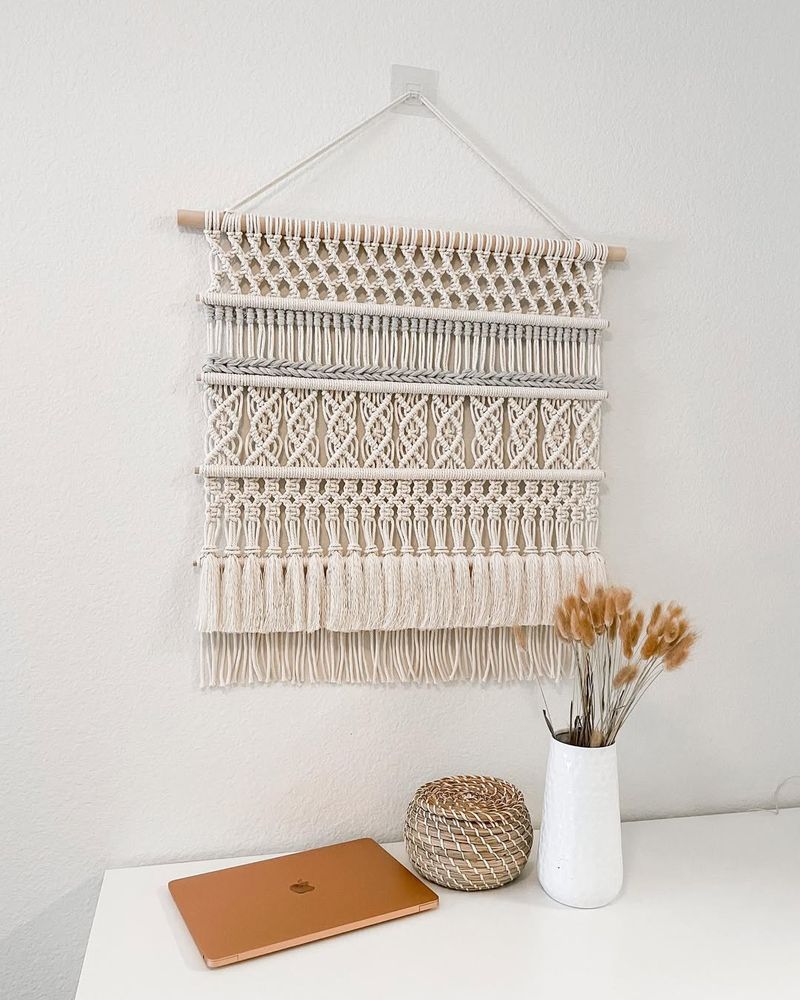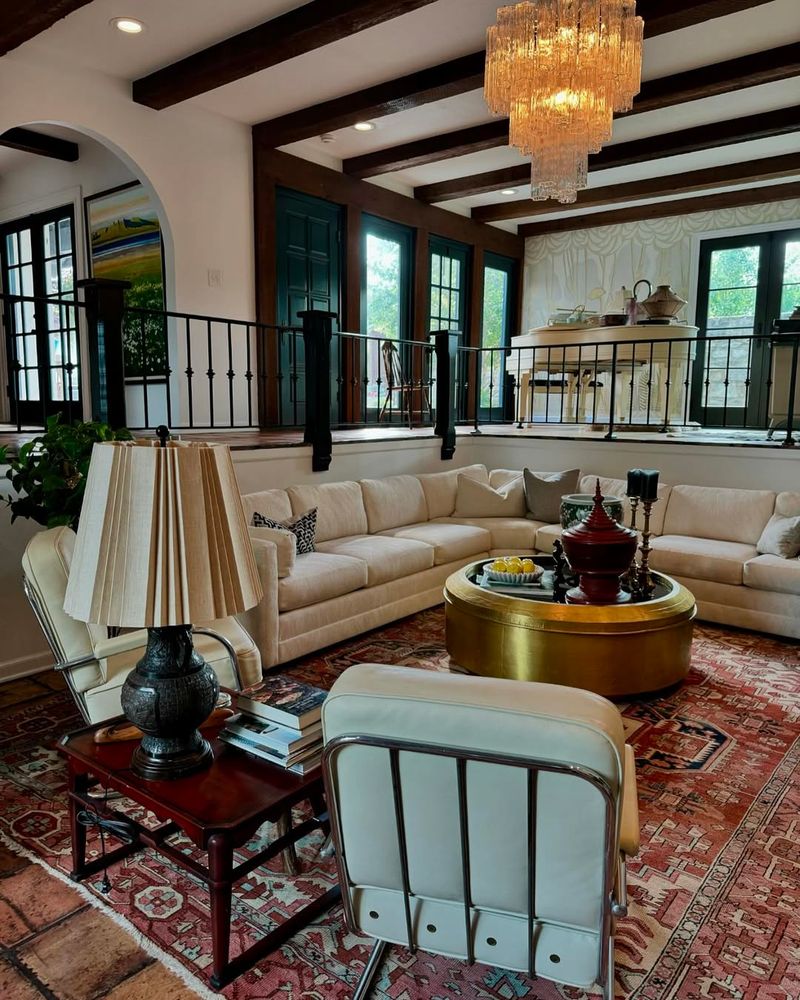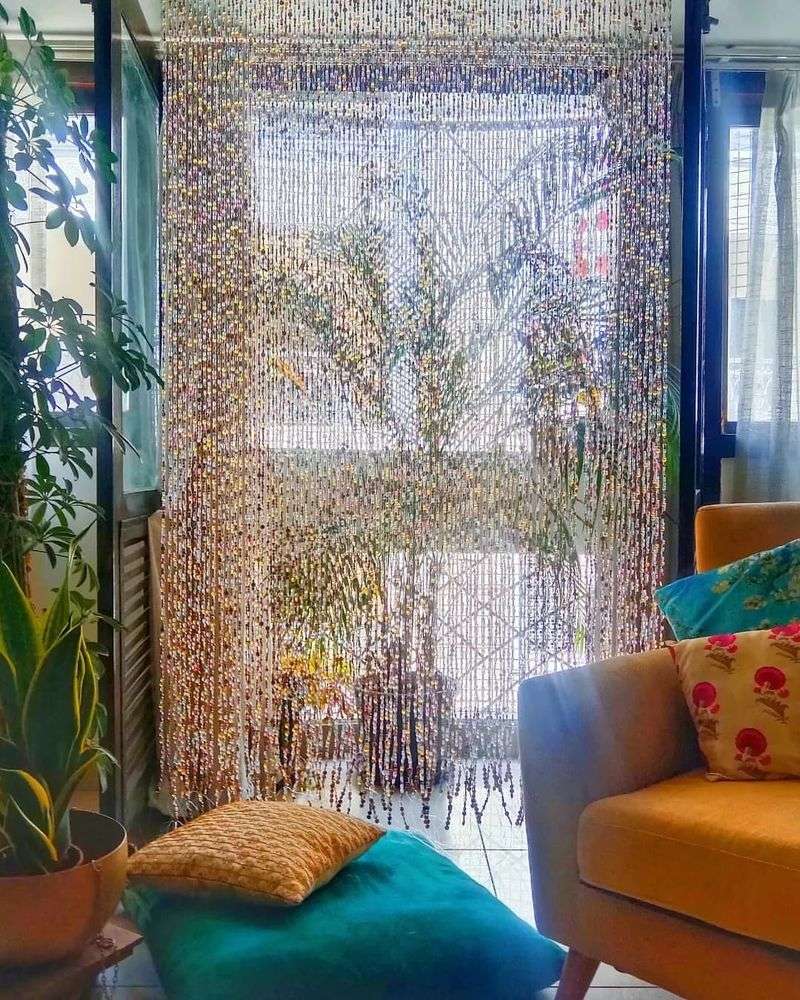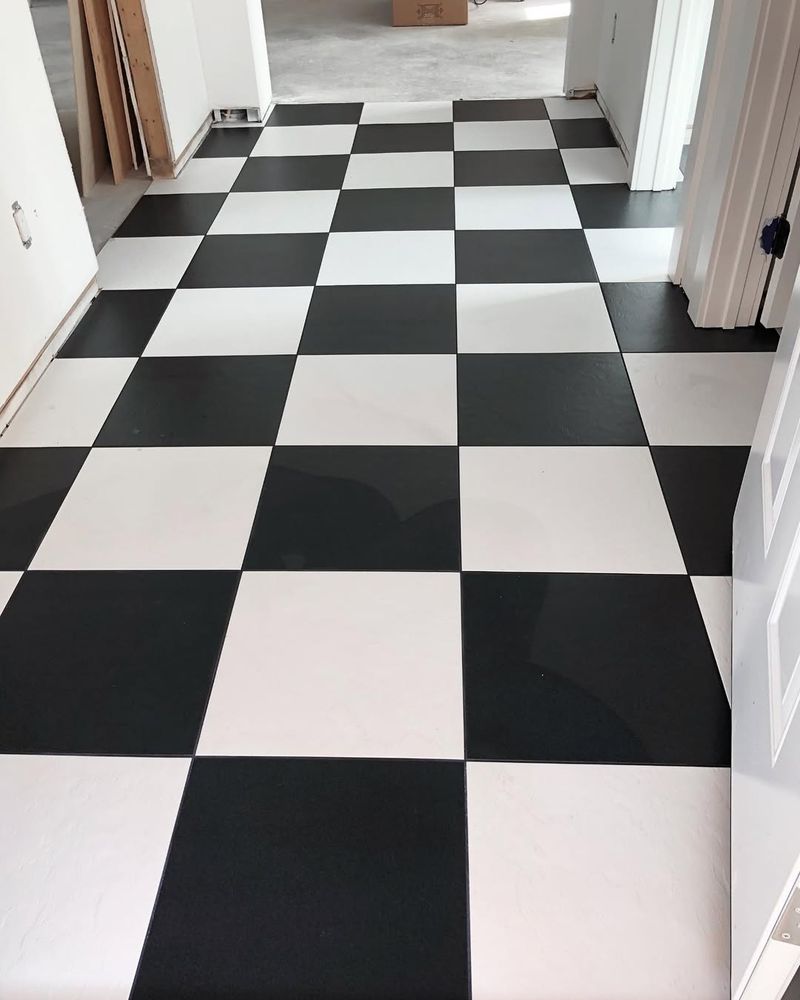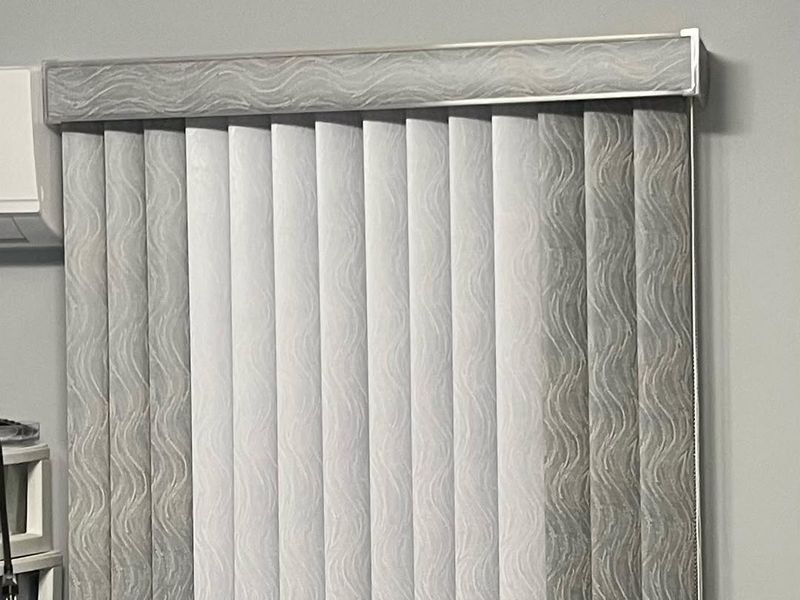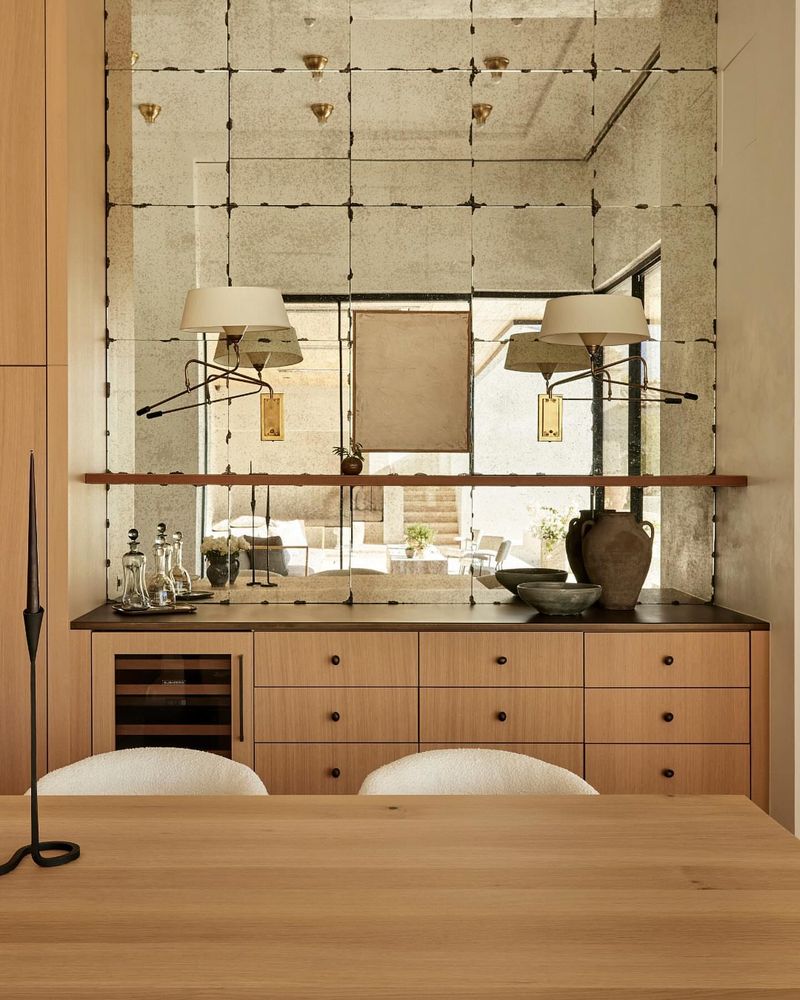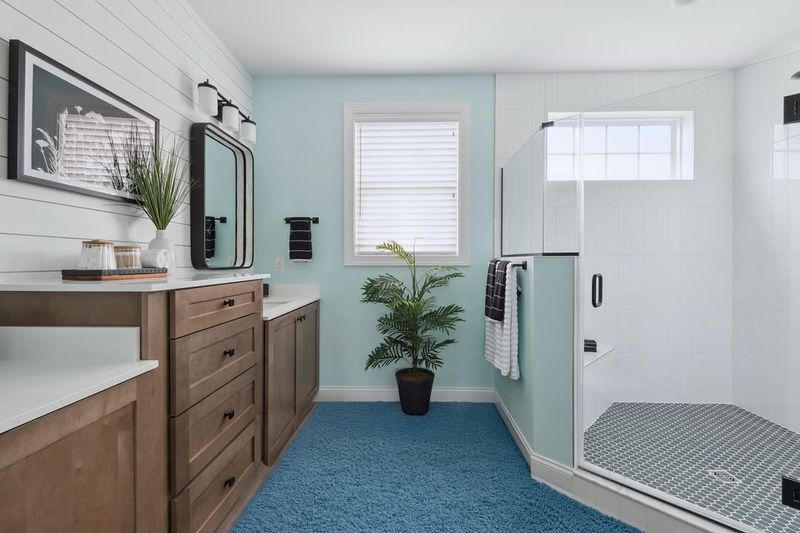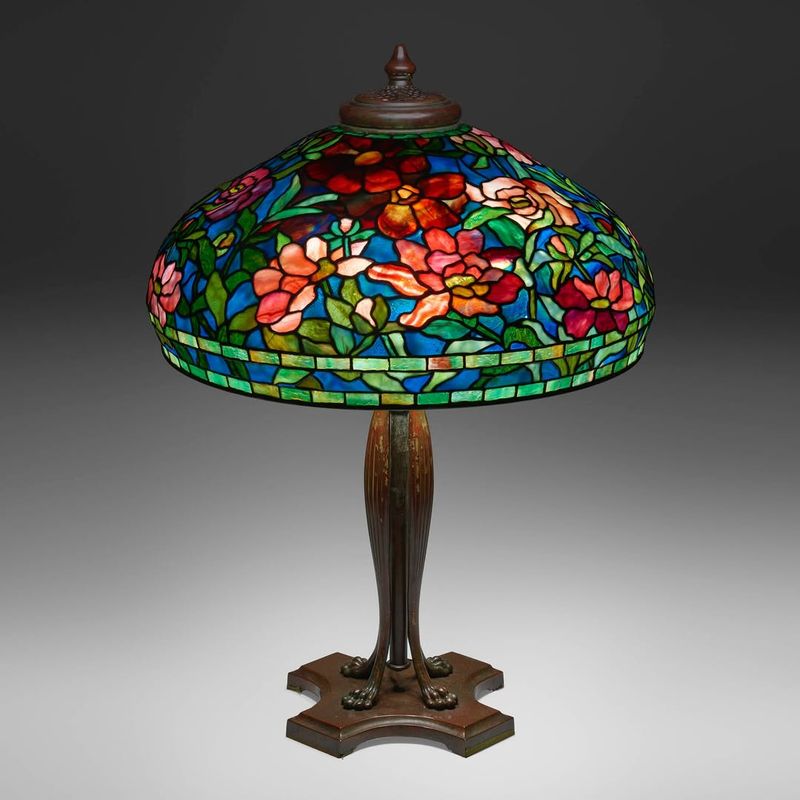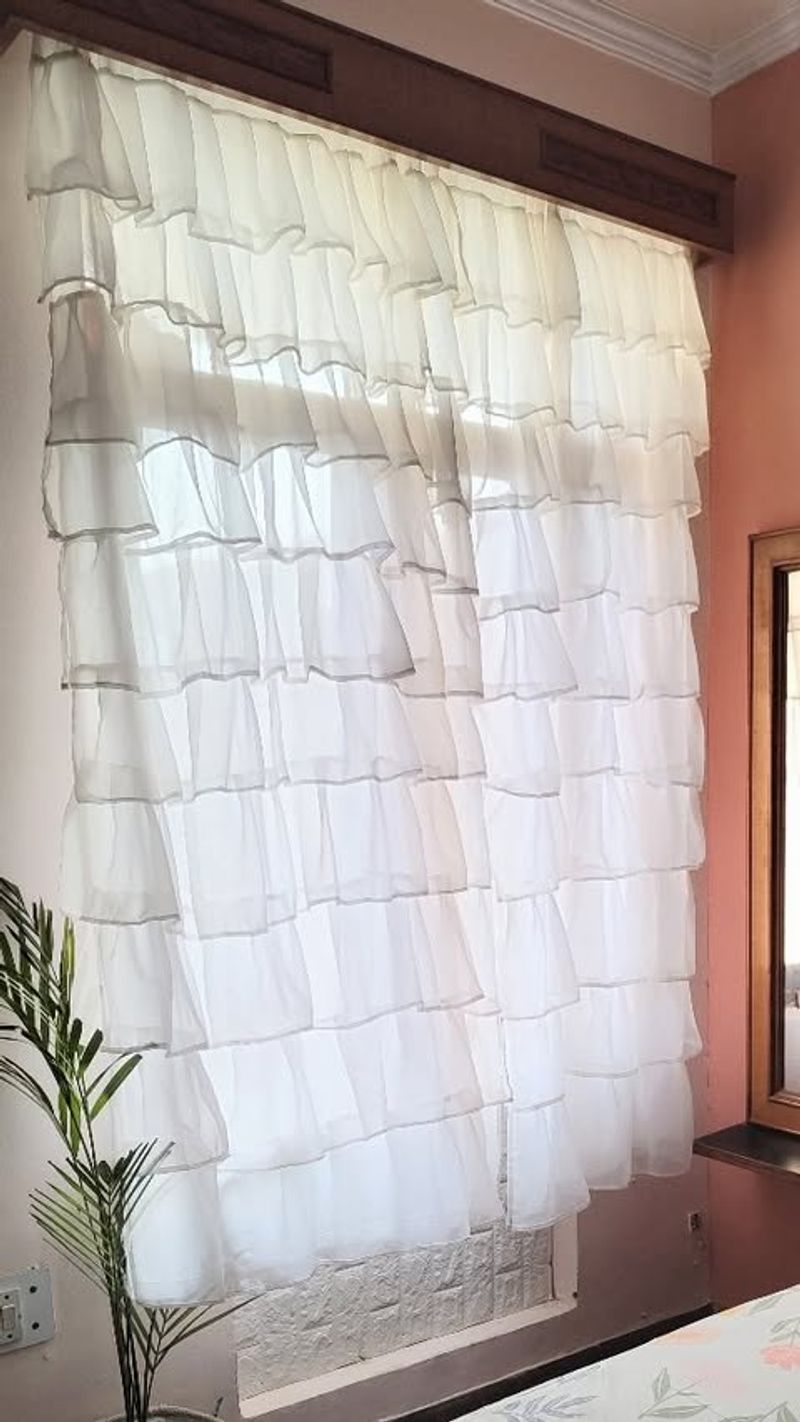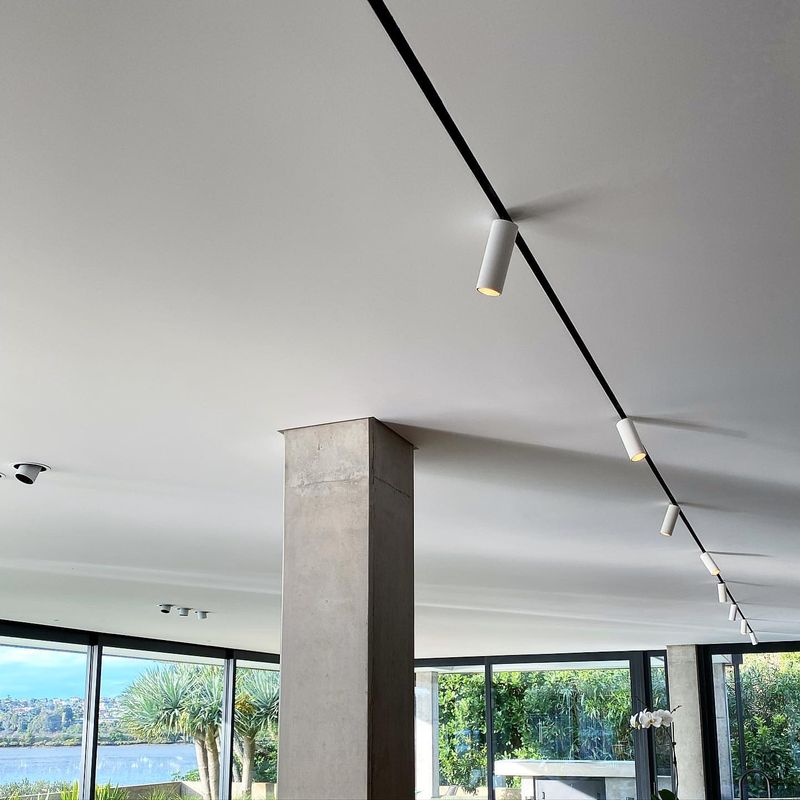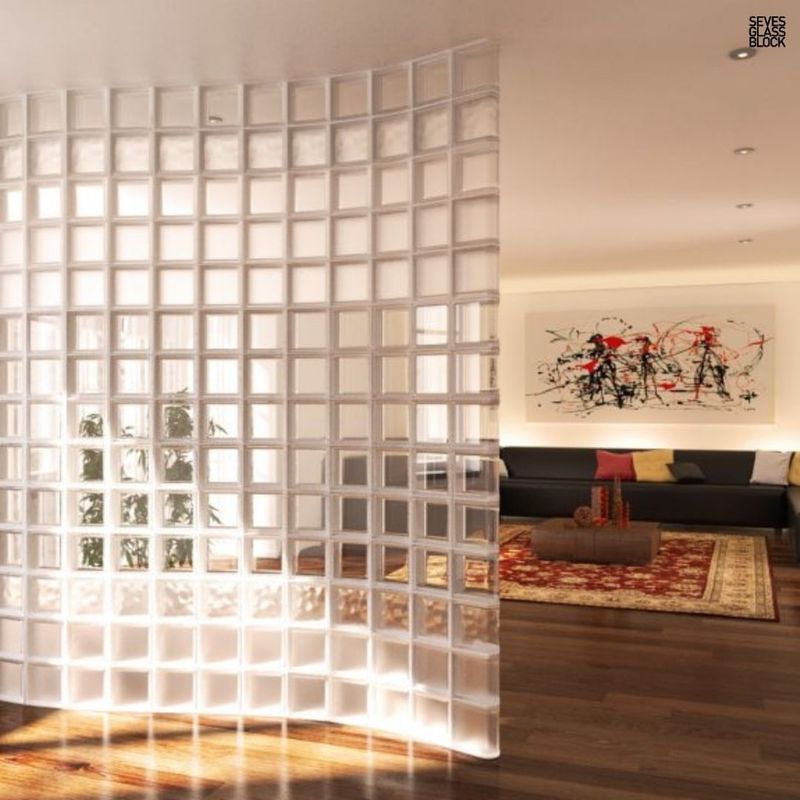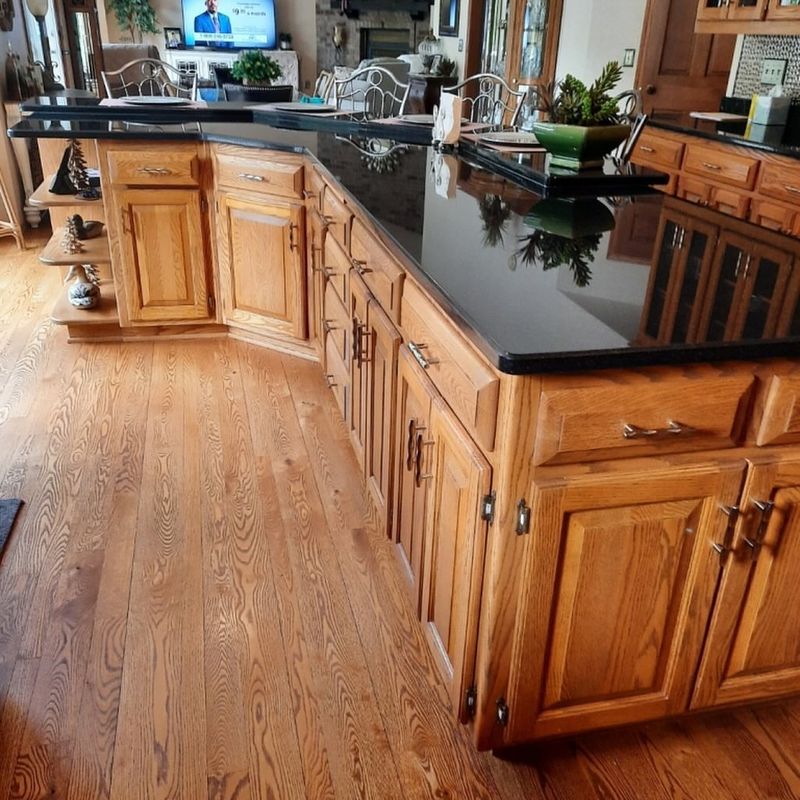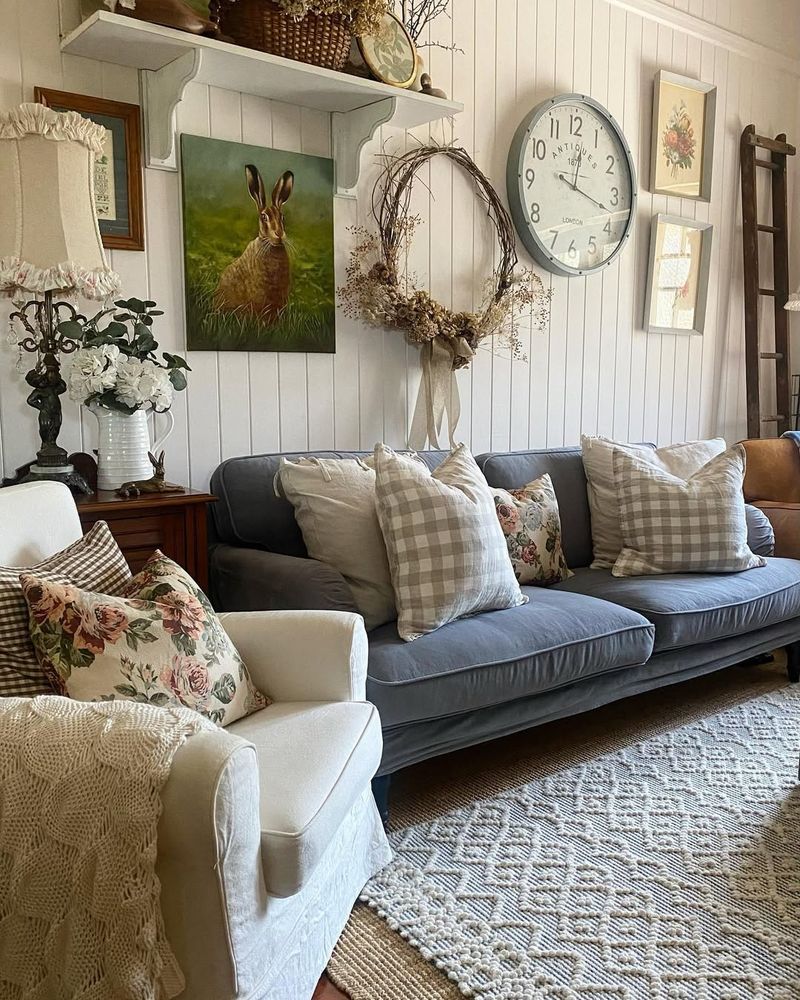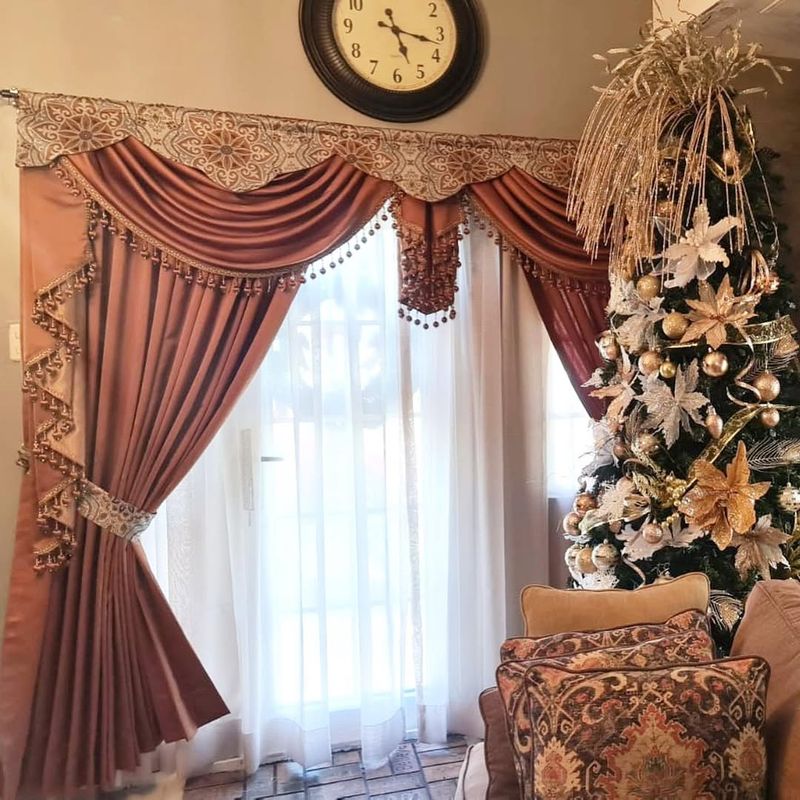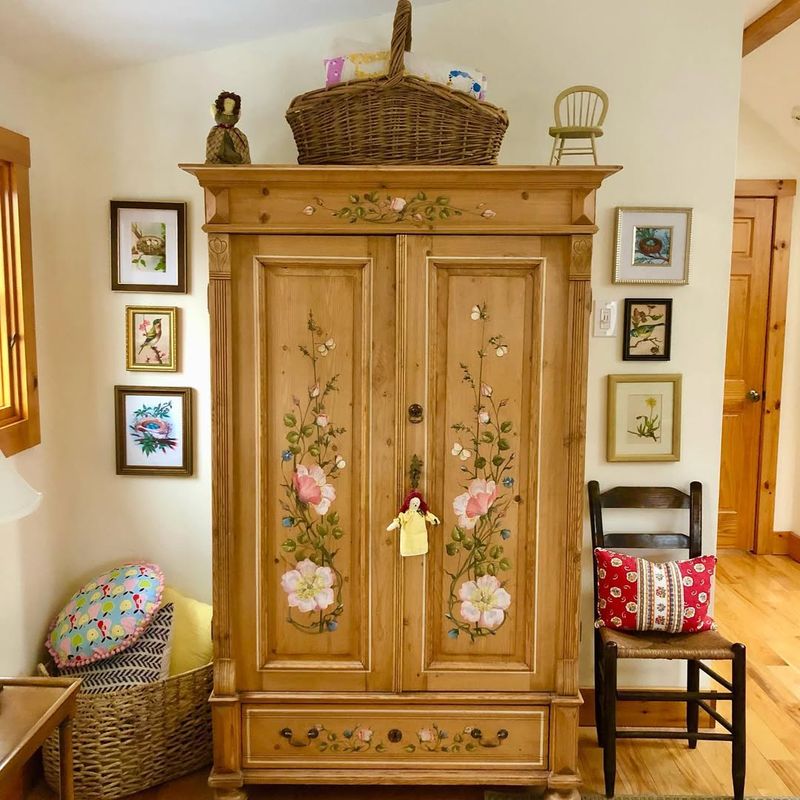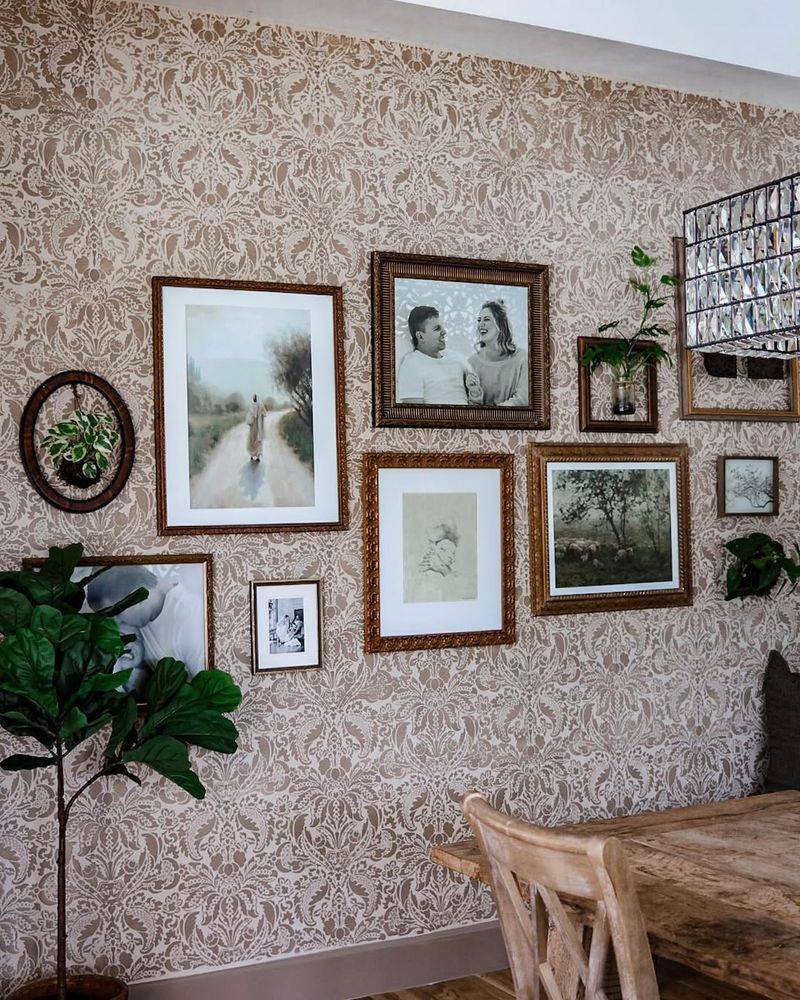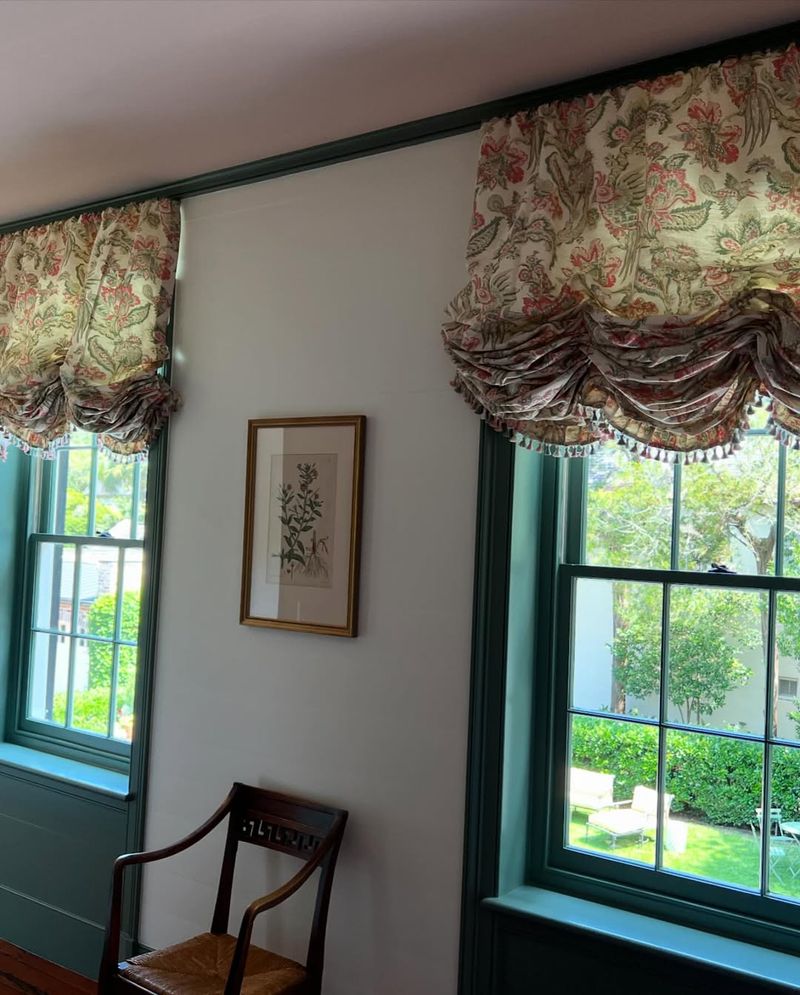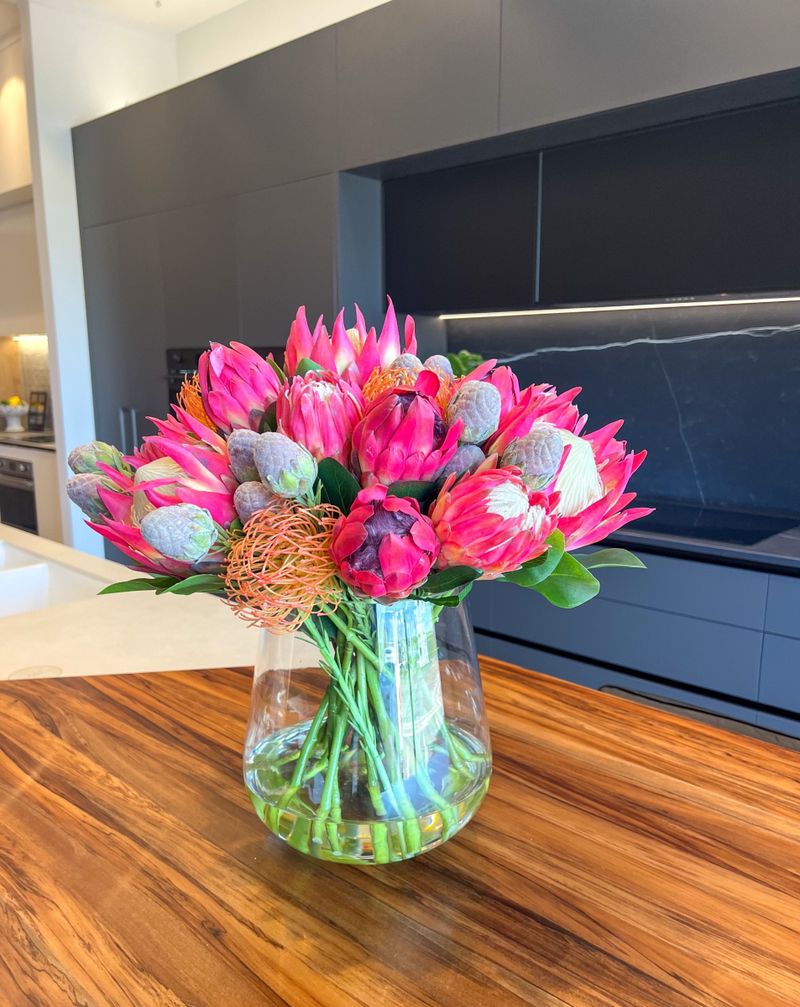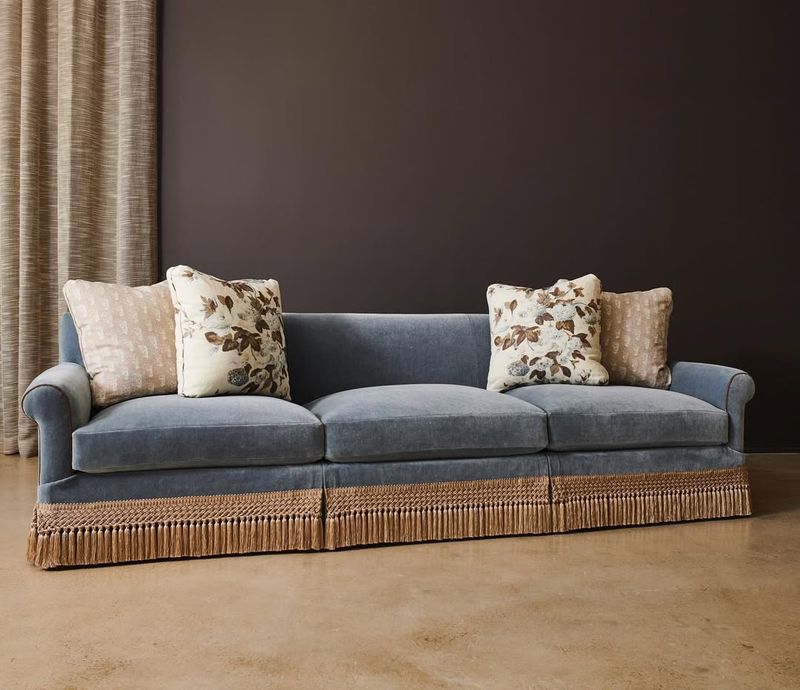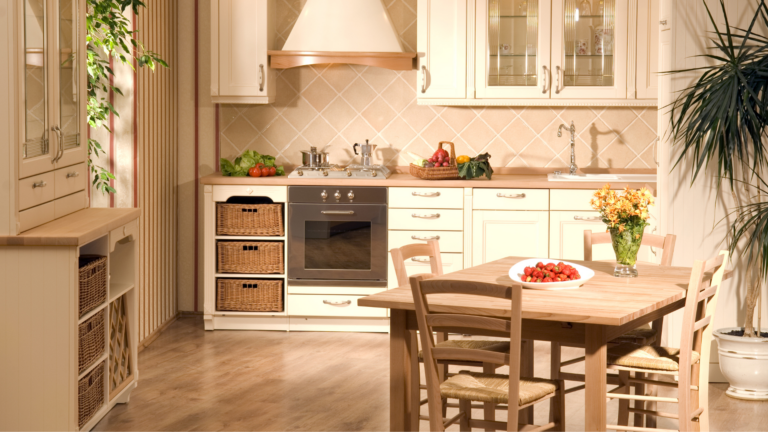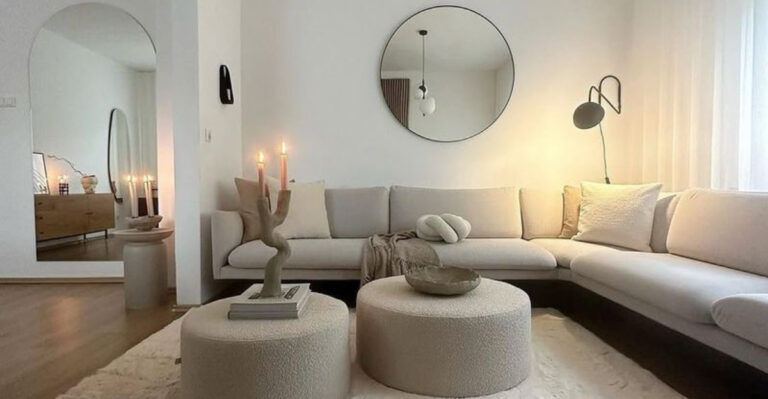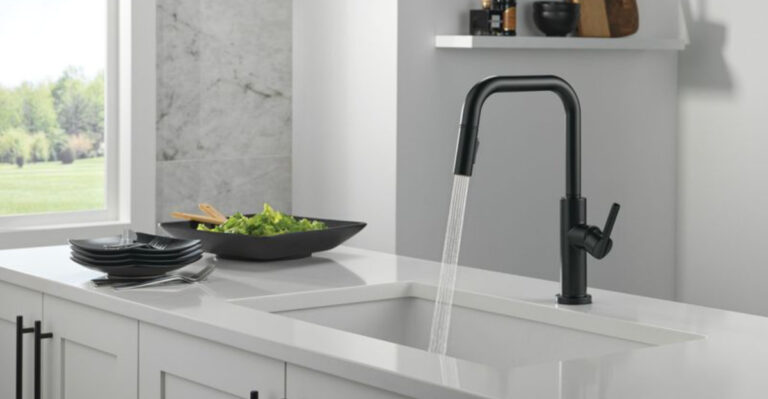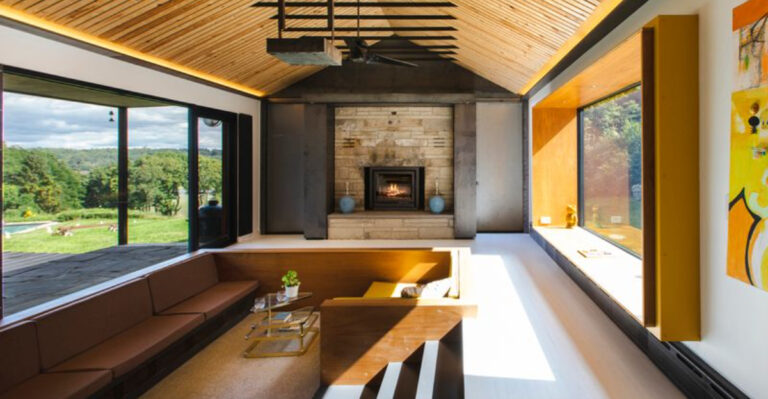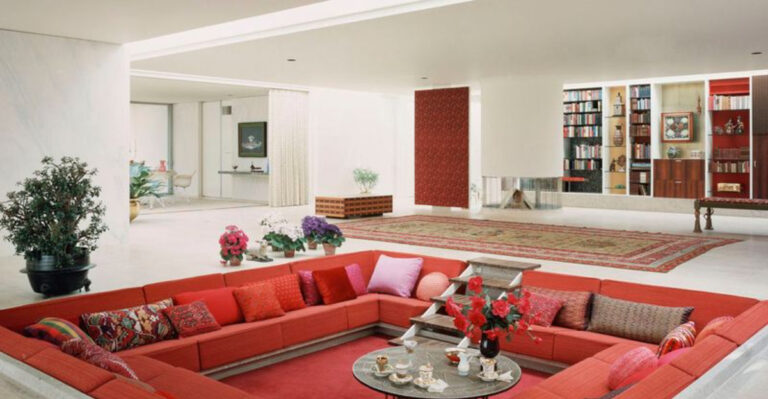30 Nostalgic Home Trends That Ruin Boomers’ Homes
Ah, the memories of yesteryears! The days of avocado-colored appliances and shag carpets evoke nostalgia for some, but can turn a modern home into a time capsule of questionable taste.
As we walk down memory lane, these 30 home trends remind us why some things are best left in the past.
While they may have been the epitome of chic decades ago, today they often clash with contemporary aesthetics. So, let’s explore these blasts from the past that boomers cherished, yet now make homes look like relics.
1. Shag Carpeting
Once a staple of boomer homes, shag carpeting offered a cozy, albeit brightly colored, underfoot experience.
While it provided warmth and texture, it also trapped dust and aromas, a hidden downside. The allure of shag was its tactile comfort, yet today, it’s often seen as an allergen magnet.
Vacuuming this carpet was a workout, but the nostalgia still lingers for those who cherished its outrageous style.
2. Wood Paneling
Dark wood paneling once transformed rooms with a sense of warmth and enclosure akin to a cozy cabin.
However, this trend often made spaces feel cramped and dated. The allure was in its ability to add texture, yet today it’s more synonymous with basements and dens trapped in time.
Peeling away the layers of paneling reveals the light, airy possibilities modern homeowners now crave, marking a shift from shadowed intimacy to open brightness.
3. Popcorn Ceilings
Who decided popcorn ceilings were a good idea? Back in the 1980s, builders and homeowners loved them for how easily they covered imperfections and muffled noise. Instead of smooth, flat ceilings, you got a textured look that felt different at the time.
But while the concept might’ve been convenient, the reality hasn’t aged well. These bumpy ceilings collect dust like magnets, are incredibly hard to clean, and often start to flake as they get older.
What once felt practical now just feels dated, and for most modern buyers, a clean, smooth ceiling is the clear winner.
4. Brass Fixtures
During the 1980s, brass fixtures were the epitome of luxury and high-end design. Imagine bathrooms gleaming with gold-toned faucets and shower heads glinting in the light.
Though once a sign of opulence, today’s design sensibilities favor subtler metallics like brushed nickel or matte black. Brass can appear gaudy to contemporary eyes.
The charm was in its bold statement, yet homeowners now seek understated elegance over brash brilliance. Renovations often see brass replaced, leaving a legacy of bygone grandeur.
5. Avocado Green Kitchens
The 1970s kitchen, adored for its bold avocado green hues, was once a symbol of modernity and style. Imagine entering a space where the appliances, walls, and countertops embrace this vibrant color. While it embodied a lively spirit, today’s eyes might perceive it as overwhelming.
The charm of this trend lies in its daring personality, but it can clash with today’s minimalist aesthetics. Many remember the era fondly, but few wish to replicate it. For most, the kitchen is now a place for neutral tones and sleek lines.
6. Floral Wallpaper
Covering walls in floral wallpaper used to be the go-to way to bring a garden indoors. Think curling vines, oversized roses, or delicate bouquets sprawled across every wall. It was bold, romantic, and full of personality.
But what once felt whimsical now often comes off as overwhelming—especially when the patterns fight for attention in a space that craves calm.
Peeling back those busy blooms often reveals a breath of fresh air: smooth, neutral walls that let furniture and light do the talking. These days, most homeowners are leaning into minimal, not maximal, when it comes to what’s on the walls.
7. Macramé Decor
Surprisingly, macramé once tied together more than just rope—it connected an entire generation to the handmade aesthetic of the 1970s and ’80s.
From knotted plant hangers to sprawling wall pieces, these textured creations brought a touch of nature and boho charm to countless homes.
While appreciation for artisanal detail hasn’t disappeared, modern design tends to lean clean and minimal. Macramé still has its fans, but often it’s gently packed away, making room for simpler, more streamlined décor.
8. Sunken Living Rooms
Conversation pit was a chic architectural feature that encouraged intimate gatherings. Picture stepping down into a cozy nook where friends and family nestled together.
Sure, it fostered connection, but it also posed tripping hazards and limited rearrangement. Its allure was in its unique spatial play, yet modern homes prefer open, fluid designs.
For those who loved it, the sunken room remains a symbol of sociable living, but most have leveled out to embrace versatile layouts.
9. Beaded Curtains
If you walked through a doorway strung with beaded curtains, you probably remember the soft clatter and swinging motion that made even the simplest room feel a little more alive.
These colorful strands brought texture and a carefree spirit to a space, channeling that easygoing, slightly rebellious vibe of the ’60s and ’70s.
However they didn’t offer much in the way of function—privacy was minimal, tangles were constant, and they often became more annoying than fun.
10. Vinyl Flooring
Understandably, vinyl flooring earned its place in homes thanks to its toughness and low-maintenance appeal.
From busy kitchens to splash-prone bathrooms, it handled daily wear like a champ. The patterns—checkers, faux tile, bold swirls—were unmistakable, even if not exactly subtle.
As preferences shifted toward authenticity, the visual disconnect between vinyl and natural materials became harder to ignore.
11. Wallpaper Borders
Where wallpaper borders once crowned a room with cheerful detail, they now feel like whispers from a design era long gone. A slim band of florals or country scenes tracing the ceiling line was meant to tie a space together, adding a curated finish to otherwise plain walls.
At the time, it felt polished – complete. Yet as design moved toward clean lines and subtle sophistication, those ornamental strips began to feel more fussy than refined.
Today’s walls often act as quiet backdrops or gallery spaces, making borders feel like a leftover flourish from a style that no longer fits the picture.
12. Vertical Blinds
Light – and the way it filters into a space – was once expertly managed by vertical blinds. Their design offered undeniable convenience: twist the wand, and you had instant control over brightness and privacy. Common in homes with large windows, they delivered practicality in neat, pastel-colored rows.
Still, their rigid lines and plastic texture began to feel more institutional than inviting. What once felt modern slowly turned sterile, especially as interiors began to favor cozier, more tactile finishes.
In their place came layered drapes and streamlined shades, proving that form and function don’t have to look so stark.
13. Mirror Walls
Reflection was once used as a design trick in its boldest form—entire walls covered in mirrors. The idea was simple: bounce light, stretch space, and add a touch of glamour. And it worked—at least visually.
Small rooms suddenly felt expansive, and a bit of sparkle never hurt. Still, the shine came with downsides. Mirror walls often felt stark, even sterile, and the upkeep was relentless—every smudge or fingerprint on display.
These days, mirrors are used with more restraint, thoughtfully placed to highlight rather than dominate. The once-popular mirrored wall has become more of a nostalgic design flashback than a staple.
14. Carpeted Bathrooms
Plush and undeniably cozy, carpeted bathrooms once felt like the pinnacle of comfort. Stepping out of the tub onto soft fibers instead of icy tiles made mornings feel a little gentler, a little more indulgent.
For a moment in time, this trend was seen as upscale.
Yet, what felt luxurious quickly revealed its flaws—trapping moisture, encouraging mildew, and turning into a maintenance nightmare. Comfort gave way to concern, and hygiene took the lead.
15. Tiffany Lamps
Why did Tiffany lamps fall out of favor in modern homes? Their colorful stained glass once brought warmth, elegance, and a handcrafted glow to side tables and reading nooks. Each one felt like a piece of art—unique, intricate, full of charm.
But as interiors shifted toward minimalism and clean lines, these ornate lamps started to feel a bit too loud. Their busy patterns and classic shapes often clash with today’s streamlined designs, making them harder to integrate.
While still beloved by collectors, many now sit packed away – beautiful reminders of an era when lighting was as decorative as it was functional.
16. Ruffled Curtains
With their layers of fabric, ruffled curtains once framed windows with opulence and romance. Imagine drapes cascading in waves of soft fabric.
Though they exuded coziness, they could overwhelm a room with their volume and texture. Modern tastes lean towards simple silhouettes that let light in.
Ruffles evoke a sense of nostalgia for those who adore vintage charm, but many have opted for clean lines, leaving ruffles as a beloved memory of excess fabric elegance.
17. Waterbeds
Comfort took an unconventional turn when waterbeds made a splash in bedrooms everywhere. Promising a dreamy, wave-like sleep experience, they felt futuristic and indulgent, especially compared to the stiff mattresses of the time.
Gliding into slumber on shifting water had its appeal – but that novelty came with strings attached. Leaks, heating issues, and tricky upkeep made them less than ideal long term.
As sleep science and mattress tech evolved, priorities shifted toward support and stability. Waterbeds, once a prized possession, now live on as a nostalgic blip in the ever-changing story of how we rest.
18. Track Lighting
If you ever angled a track light just right to spotlight a favorite painting or reading nook, you probably remember how revolutionary it felt. Adjustable, directional, and oh-so-modern, track lighting gave homeowners a level of control that traditional fixtures just couldn’t offer.
Its exposed rails and industrial aesthetic, however, don’t always play nice with softer, more curated interiors. As tastes shifted toward concealed lighting and architectural subtlety, those once-celebrated tracks began to feel bulky or out of place.
19. Glass Block Walls
Bringing light into private spaces without sacrificing privacy was the promise that made glass block walls so popular. Those frosted, chunky bricks filtered sunlight beautifully, casting a soft glow while obscuring the view – ideal for bathrooms, showers, and even entryways.
At their peak, they felt inventive and stylish. Over time, though, their heavy, segmented look began to feel clunky alongside the rise of sleek, uninterrupted design.
While they served a clever purpose, many homeowners have since moved on to frameless glass or lighter partitions, making glass blocks a creative—but clearly dated—moment in architectural history.
20. Faux Finishes
Texture once reigned supreme when faux finishes became the height of decorative flair. With just paint and technique, walls could masquerade as marble, aged plaster, or even brushed metal. It was an artistic workaround to achieve a high-end look without the high-end cost.
For a time, it felt clever and bold. But as trends evolved, these painted illusions began to feel a little forced—more theatrical than timeless.
The appeal of authenticity took over, with homeowners leaning into real materials and minimalist surfaces.
21. Oak Cabinets
Who didn’t have oak cabinets in their kitchen during the ’90s? Their golden hue, visible grain, and solid build made them the go-to choice for durability and classic appeal.
Lined up in warm rows, they gave kitchens a grounded, traditional feel that felt reliable and timeless—at the time. But as design tastes evolved, that honey-colored wood began to feel heavy and overly specific.
The charm is still there, especially in well-crafted pieces, but many homeowners now lean toward lighter tones and cleaner lines. Oak hasn’t vanished – it’s just taken a step back to make room for a fresher look.
22. Country-Style Decor
Charm once poured from every corner of country-style décor—floral curtains, lace-trimmed pillows, hand-painted signs, and cabinets in distressed wood tones. It wrapped homes in a comforting hug, evoking memories of simpler times and slower days.
The aesthetic leaned fully into its theme, creating spaces that felt intentional and deeply familiar. Over time, though, design tastes began to stretch beyond matching patterns and curated motifs.
The craving for a less scripted, more fluid style began to take hold. These days, the country look still lingers in small doses, adding warmth without taking over the entire room.
23. Swagged Curtains
Dramatically, swagged curtains once swept across windows like a stage set, framing the view with folds of fabric that suggested formality and grandeur. Their cascading layers and elaborate loops brought a sense of old-world luxury to living rooms and dining spaces alike.
This kind of window treatment wasn’t just decorative—it was a statement. Over time, though, the visual weight of all that fabric started to feel more high-maintenance than high-end.
Interiors moved toward lighter, cleaner looks, leaving swags as decorative relics—eye-catching, yes, but rarely the first choice for today’s streamlined spaces.
24. Pastel Bathroom Fixtures
Where bathrooms once bloomed in shades of mint, blush, and powder blue, pastel fixtures offered a gentle, calming touch to daily routines. Bathtubs, toilets, and sinks in dreamy hues created a space that felt personal and peaceful, a quiet rebellion against stark white everything.
These color choices carried a certain charm, evoking a softer, more playful design era. Over time, though, their vintage appeal started clashing with evolving palettes rooted in stone, marble, and matte finishes.
Though the pastel look still holds a sweet kind of nostalgia, many homeowners now lean into fixtures that offer more flexibility and enduring style.
25. Pine Furniture
Woodgrain once played a starring role in homes filled with pine furniture. Its pale tone and sturdy build brought a casual, welcoming feel to everything from dining sets to bedroom dressers.
Affordable and easy to match, pine became a go-to for families furnishing entire homes without breaking the bank. Over time, though, its signature yellow cast began to feel less fresh and more frozen in a past trend cycle.
As tastes evolved, darker stains, painted finishes, and refined silhouettes started to take the spotlight. Pine still stands strong—but it no longer leads the room with quite the same confidence.
26. Stenciled Walls
Stenciled walls turned plain surfaces into personalized expressions of creativity with patterns and motifs. Imagine intricate designs bringing a unique touch to any room.
Though they offered a canvas for self-expression, they can feel dated as tastes evolve towards smooth, uninterrupted walls. The trend celebrated individuality, yet modern interiors often aim for sophistication.
Stencils are remembered fondly by those who enjoyed their creativity, but many now prefer more understated elegance.
27. Balloon Curtains
In the past, balloon curtains added a whimsical touch of luxury to windows with their flowing layers.
Despite adding texture and movement, too much cloth can overpower a space. Drama was popular at the time, but modern tastes tend to favor practicality and simplicity.
Although many people now choose understated, contemporary alternatives that enhance rather than overpower, balloon curtains are nevertheless a nostalgic representation of decorative flair.
28. Southwestern Decor
With its earthy hues and tribal patterns, southwestern décor gave houses a distinctly local flavor.
Despite being distinctive, the highly themed approach might come out as constrictive and out of step with a wide range of contemporary interests. Although it might overrun a space, the style emphasizes cultural awareness.
Southwestern decor is a nostalgic yet specialized choice because interior design nowadays frequently blends influences for subtlety and diversity.
29. Silk Flowers
Historically, silk flowers provided a vibrant substitute for fresh bouquets, adorning houses with everlasting blossoms. Imagine colorful arrangements that don’t need to be watered or maintained.
Despite their usefulness, they frequently gather dust and don’t have the organic beauty of living plants. Today’s tastes go toward authenticity, although the trend praised low upkeep.
30. Fringed Upholstery
With its ornamental tassels and trims, fringed upholstery gave couches and chairs a sense of grandeur. Picture luxurious chairs with swaying fringe.
The decorations may seem excessively elaborate and unsuitable for contemporary sensibilities, despite their stunning visual appeal. Although the trend praised elaborate details, it frequently resulted in a crowded appearance.
For those who value flare, fringe is still a nostalgic aspect, although many people prefer modern upholstery with simple lines.

